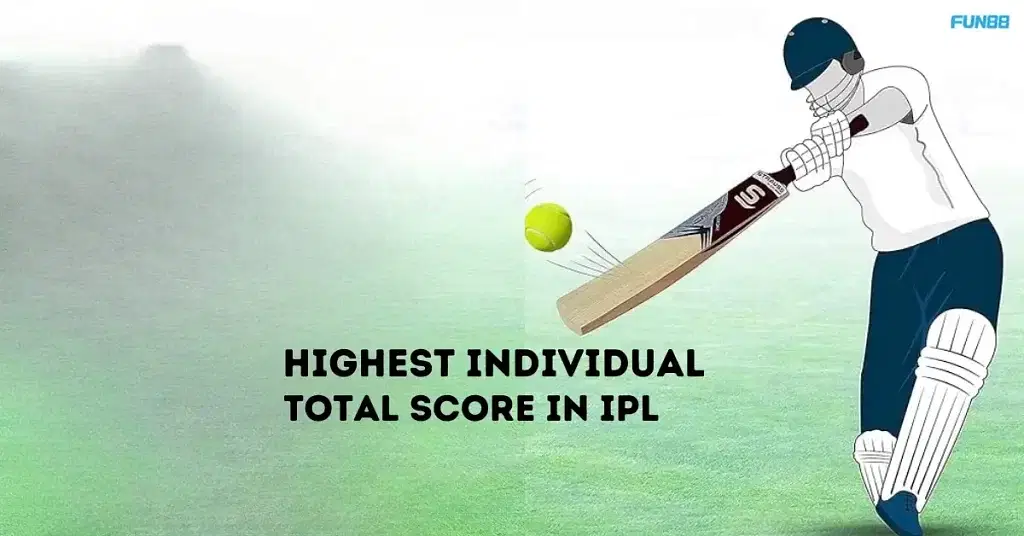The Indian Premier League (IPL) is one of the most glorious cricket tournaments across the globe. Whirlwind innings, last-over finishes, and moments of sheer cricketing brilliance make it an impeccable league. But amidst all the drama and dazzling displays, some innings etch themselves into the records of cricketing history.
These rare and extraordinary innings redefine what’s possible, leaving fans in awe and bowlers in disbelief. You must have seen some absolute gems over the years. From monstrous sixes to delicate glances that find the boundary with precision, the IPL has witnessed it.
Here, we review the top 10 highest individual scores in IPL history and celebrate the batters. So, sit back, relax, and rewind the clock to witness the fireworks again.
Top 10 Highest Individual Scores in IPL History
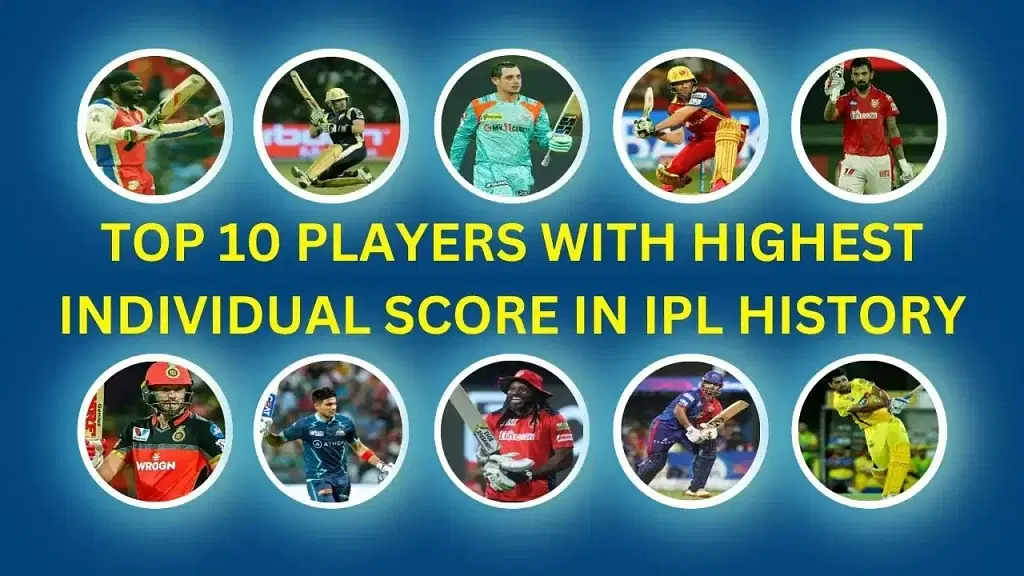
The IPL is known for its exciting matches, close finishes, and incredible displays of skill. Some innings, however, stand out above the rest, becoming unforgettable moments in cricket history.
Let’s look at the top 10 highest individual scores in IPL history and celebrate the batters who turned ordinary matches into extraordinary events.
| Player Name | Runs | Balls | Year |
| Chris Gayle | 175* | 66 | 2013 |
| Brendon McCullum | 158* | 73 | 2008 |
| Quinton de Kock | 140* | 70 | 2022 |
| AB de Villiers | 133* | 59 | 2015 |
| KL Rahul | 132* | 69 | 2020 |
| AB de Villiers | 129* | 52 | 2016 |
| Shubman Gill | 129* | 63 | 2023 |
| Chris Gayle | 128* | 62 | 2012 |
| Rishabh Pant | 128* | 63 | 2018 |
| Murali Vijay | 127* | 56 | 2010 |
Breakdown of the Top 3 Highest Individual Scores in IPL
While all top-scoring IPL innings deserve recognition, some performances transcend mere excellence and enter the realm of legend.
- Chris Gayle 175* off just 66 balls remains an unparalleled feat of T20 batting. It’s an innings that shattered records and redefined aggressive batsmanship. Playing for Royal Challengers Bangalore against Pune Warriors in 2013, Gayle unleashed a hurricane of boundaries, smashing 13 fours and a staggering 17 sixes.
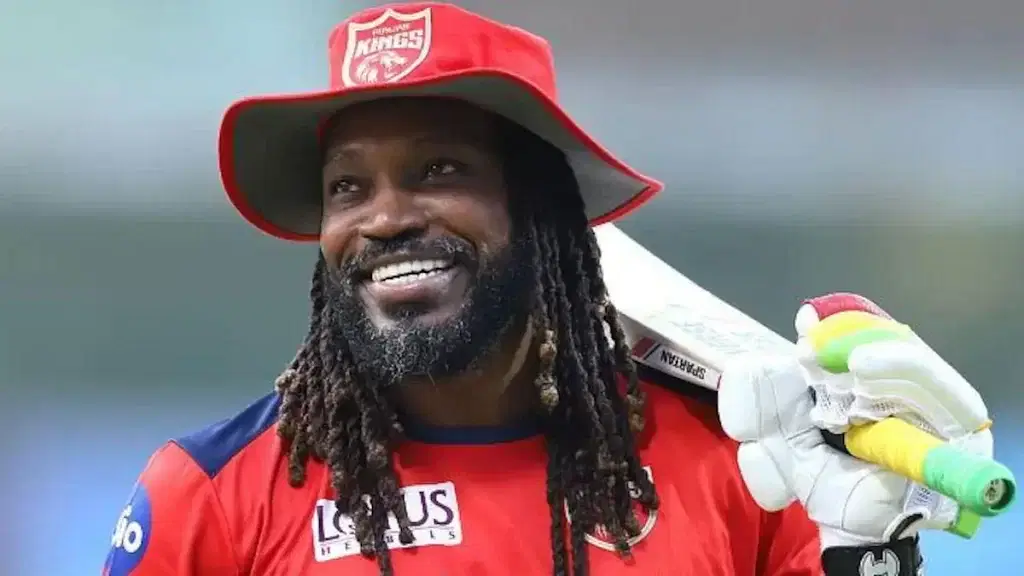
- Chris Gayle 175* off just 66 balls remains an unparalleled feat of T20 batting. It’s an innings that shattered records and redefined aggressive batsmanship. Playing for Royal Challengers Bangalore against Pune Warriors in 2013, Gayle unleashed a hurricane of boundaries, smashing 13 fours and a staggering 17 sixes.
The Chinnaswamy Stadium witnessed a power-hitting masterclass. Gayle crushed the opposition bowling attack, leaving them shell-shocked and spectators in awe. This innings isn’t just a high score; it’s a symbol of Gayle’s dominance in the shortest format, a testament to his moniker, the Universe Boss.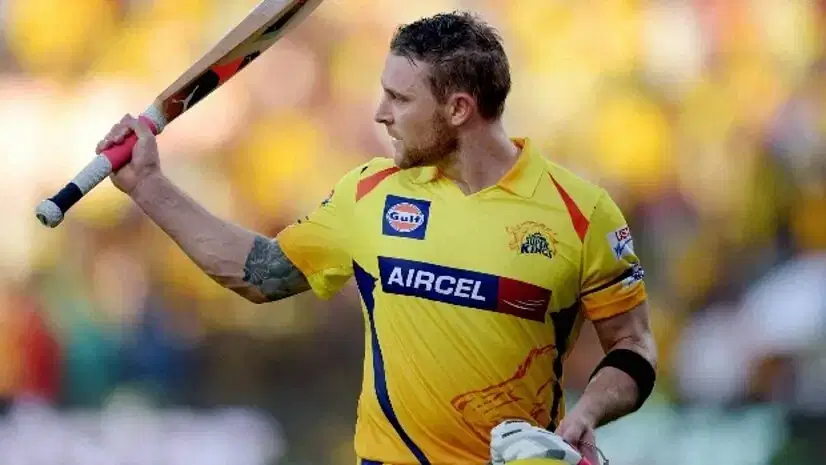
- Brendon McCullum 158* The inaugural IPL match holds a special place in the tournament’s history. Opening the batting for Kolkata Knight Riders against Royal Challengers Bangalore in 2008, McCullum set the stage for the IPL’s explosive brand of cricket.
His innings, laced with ten fours and 13 sixes, was a declaration of intent, showcasing the sheer power and excitement that T20 cricket could offer. It wasn’t just a match-winning performance but a landmark moment that signalled the arrival of a new era in cricket.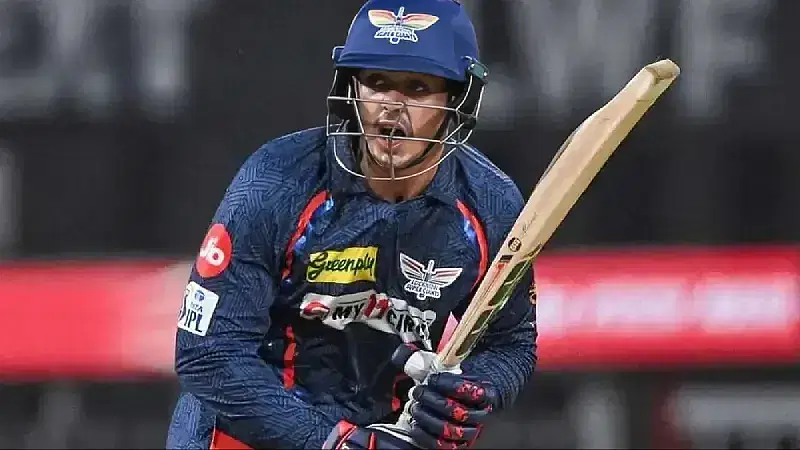
- Quinton de Kock 140* for Lucknow Super Giants against Kolkata Knight Riders in 2022 was a more recent exhibition of controlled aggression. De Kock demonstrated exceptional timing and power on a slow pitch, smashing 10 fours and 10 sixes.
His onslaught in the final two overs, where he targeted Tim Southee and Andre Russell, was breathtaking. This innings wasn’t just about brute force; it displayed calculated risk-taking and strategic hitting, ultimately guiding his team to a thrilling victory.
Also Read: Who is the Baap of IPL?
Decoding the Onslaught: Factors Fueling High Scores in the IPL
Several factors contribute to the breathtaking individual scores witnessed in the IPL.
● Shorter Boundaries: Several IPL grounds are known for their shorter boundaries, which turn mishits into boundaries and encourage batters to take more risks. This creates an environment ripe for explosive scoring, where even edges can race to the fence.
● Flat Pitches: Many pitches in the IPL tend to be flat, offering little assistance to bowlers and allowing batters to dominate from the outset. These batting-friendly surfaces provide the ideal platform for batters to free their arms and score freely.
● Power-Hitting Prowess: The IPL attracts some of the most powerful hitters in cricket. Players like Chris Gayle, Andre Russell, and Kieron Pollard can quickly clear the ropes, making high scores a regular occurrence.
● Aggressive Approach: The fast-paced nature of T20 cricket necessitates an aggressive approach from batters. This mindset and the factors mentioned earlier often translate into high individual scores and thrilling run chases.
● Dew Factor: In some evening matches, dew can play a significant role, making it difficult for bowlers to grip the ball and offering the batters a further advantage. This can lead to a surge in boundaries and inflated scores in the second innings.
● Quality of Bowling: While less frequent, a weaker bowling attack can also contribute to high individual scores. A top-level batter can capitalise on loose deliveries or strategic errors, making even ordinary bowling look pedestrian.
IPL Grounds: The High-Scoring Havens
Certain IPL venues are notorious for being batsman’s paradises, consistently witnessing high-scoring encounters and mammoth individual totals.
Let’s take a look at some of these grounds:
● M. Chinnaswamy Stadium (Bangalore): The small dimensions and flat pitch of the Chinnaswamy Stadium have made it a haven for batters. It’s no coincidence that Chris Gayle’s record-breaking 175* was scored on this ground. The atmosphere and the electrifying crowd add to the allure, inspiring batters to push their limits.
● Wankhede Stadium (Mumbai): The Wankhede’s true pitch and quick outfield make it another high-scoring venue. The sea breeze can also be a factor, assisting strokeplay and adding to the excitement. It’s a ground where batters can truly express themselves.
● Punjab Cricket Association IS Bindra Stadium (Mohali): Mohali’s flat pitch and short boundaries have witnessed numerous high-scoring thrillers. The ground is known for its balanced nature, allowing both batsmen and bowlers a fair chance but often tilting in favour of batters on a good day.
● Holkar Cricket Stadium (Indore): Indore has a reputation for being a high-scoring ground, with its flat pitch and short boundaries often leading to run-fests. It’s a relatively newer venue in the IPL circuit but has quickly become a favourite among batters.
Top Teams Conceding the Highest Individual Scores
High individual scores often dictate match outcomes, but it is fascinating to look at the teams that suffer from these batting showcases. Unfortunately, some teams have become synonymous with conceding massive totals.
Royal Challengers Bangalore (RCB), boasting some of the most explosive batters in IPL history, also has the dubious distinction of conceding the highest total ever: a staggering 287/3 against Sunrisers Hyderabad in 2024.
This demonstrates the unpredictable nature of T20 cricket, where even the strongest bowling attacks can crumble under pressure. On the other end of the spectrum, Kolkata Knight Riders (KKR) hold a different kind of record. They were on the receiving end of the lowest-ever IPL total, 49/10, against RCB in 2017. This showcases how dramatically fortunes can swing from one extreme to another in this format.
Impact of High Scores on Match Outcomes
Towering scores achieved by a single batter can trigger a cascade of consequences, profoundly influencing the game’s dynamics and ultimately shaping its outcome. A mammoth total, built on the back of an individual masterclass, can inflict a psychological blow on the opposition, a weight that can cripple even the most seasoned batting lineups.
The pressure of a daunting chase can be immense. It can force batters to abandon their natural game, compelling them to take undue risks to keep up with the demanding run rate.
This often leads to a flurry of wickets, as audacious strokes find fielders rather than gaps, and carefully constructed innings unravel under the weight of expectation. Even if the chasing team manages a promising start, the sheer scale of the target can loom large, casting a long shadow over their approach.
The required rate, like a ticking time bomb, can erode their composure, forcing errors and disrupting partnerships. The mental game becomes as crucial as the physical one as the chasing team grapples with the opposition bowlers and the mounting pressure.
Conversely, a dominant chasing performance can inject confidence and momentum into the batting side.
A batter scoring freely can inspire their teammates, creating a belief that even the most formidable targets are within reach. The energy in the dugout shifts, the fielding side starts to feel the pressure, and the momentum swings dramatically.
In this context, a high individual score acts as a catalyst, igniting a spark that can transform a challenging chase into a triumphant victory. It becomes a statement of intent, a declaration that no target is too big, no challenge too daunting.
The ripple effect of such innings extends beyond the boundary ropes, influencing the morale of both teams and ultimately determining the fate of the match. This very element of individual brilliance, capable of single-handedly shifting the balance of power, makes the IPL such a captivating and unpredictable spectacle.
Related Read: Top 10 Highest Powerplay Scores in IPL with Complete Stats
A Legacy of Legends: IPL’s Individual Records in Perspective
Individual records in the IPL are not merely statistics; they represent moments of brilliance, etched forever in the tournament’s vibrant history. From Gayle’s whirlwind 175* to McCullum’s iconic 158*, these innings have captivated audiences and inspired a generation of cricketers.
These records serve as benchmarks, pushing future generations to strive for greater heights and to challenge the seemingly impossible.
The IPL, with its unique blend of explosive action and captivating narratives, continues to be a breeding ground for extraordinary individual performances, ensuring that the legacy of these cricketing legends lives on.
Frequently Asked Questions (FAQs)
The highest individual score in IPL history is a monumental 175 not out, achieved by Chris Gayle playing for Royal Challengers Bangalore against Pune Warriors in 2013. This inning, studded with a record-breaking 17 sixes, remains a benchmark for T20 batting and a testament to Gayle’s destructive power.
No player in the IPL history has made a 200+ score.
A player’s strike rate is intrinsically linked to the possibility of achieving a high score. A higher strike rate indicates that a batsman is scoring runs quickly, maximising the number of deliveries faced. This rapid accumulation of runs is crucial in T20 cricket, where time is a precious commodity.
A high strike rate, combined with sustained batting throughout a significant portion of the innings, significantly increases the likelihood of reaching a substantial individual total. It allows the batsman to capitalise on momentum, put pressure on the bowlers, and ultimately, post a formidable score.
Star it if you find it helpful.
